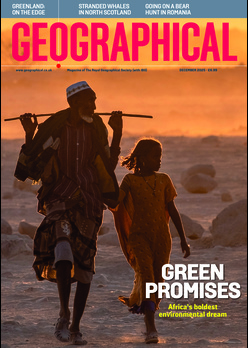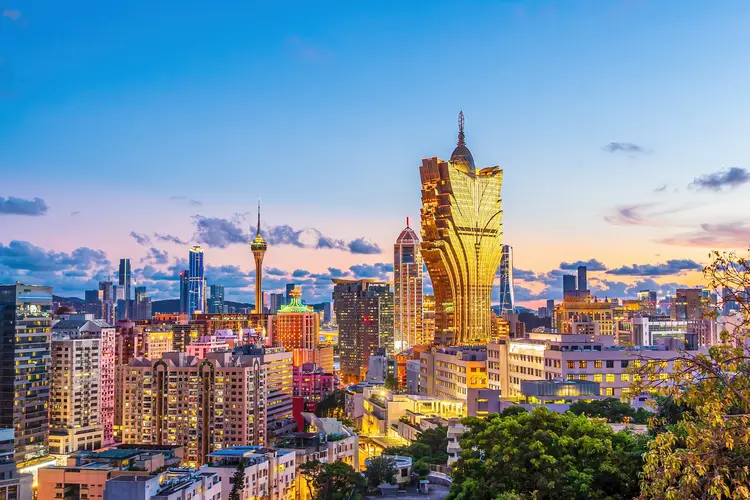
Discover the richest countries and regions across the globe according to GDP per capita – and the reasons behind their wealth
By
What does it mean for a country to be rich? Essentially, determining a nation’s wealth requires the unpacking of a complex array of factors, including institutions, human capital and access to markets.
There are many ways to calculate the success of a country, from Bhutan’s Gross National Happiness, which prioritises the wellbeing of its citizens, to the Human Development Index (HDI), which assesses health, education and living standards. The most common method used in this article is gross domestic product (GDP), a comprehensive measure of all the economic activity within a country’s borders.
So, where in the world are the richest nations? Below are the top ten richest countries and territories in the world from the International Monetary Fund, according to their GDP per capita, in reverse order.
Enjoying this article? Check out our related reads:
10) Qatar – $71,000

One reason to explain Qatar’s high GDP per capita is its huge natural gas reserves, combined with a small population of just under three million residents. Qatar is home to the third-largest natural gas reserves in the world, and by 2022, it took top spot as the largest exporter of liquefied natural gas, with export revenues hitting approximately $132 billion.
In addition, the country has benefited from large investments into airports, seaports, metros and stadiums in preparation for the 2022 FIFA World Cup.
Qatar is also keen to diversify its economy from solely oil and natural gas. To achieve this, it has established ‘Education City’, which features campuses for overseas branches of US and UK universities. In addition, the nation has invested in art museums, sports and global media (including Al-Jazeera and PSG).
9) Denmark – $75,000
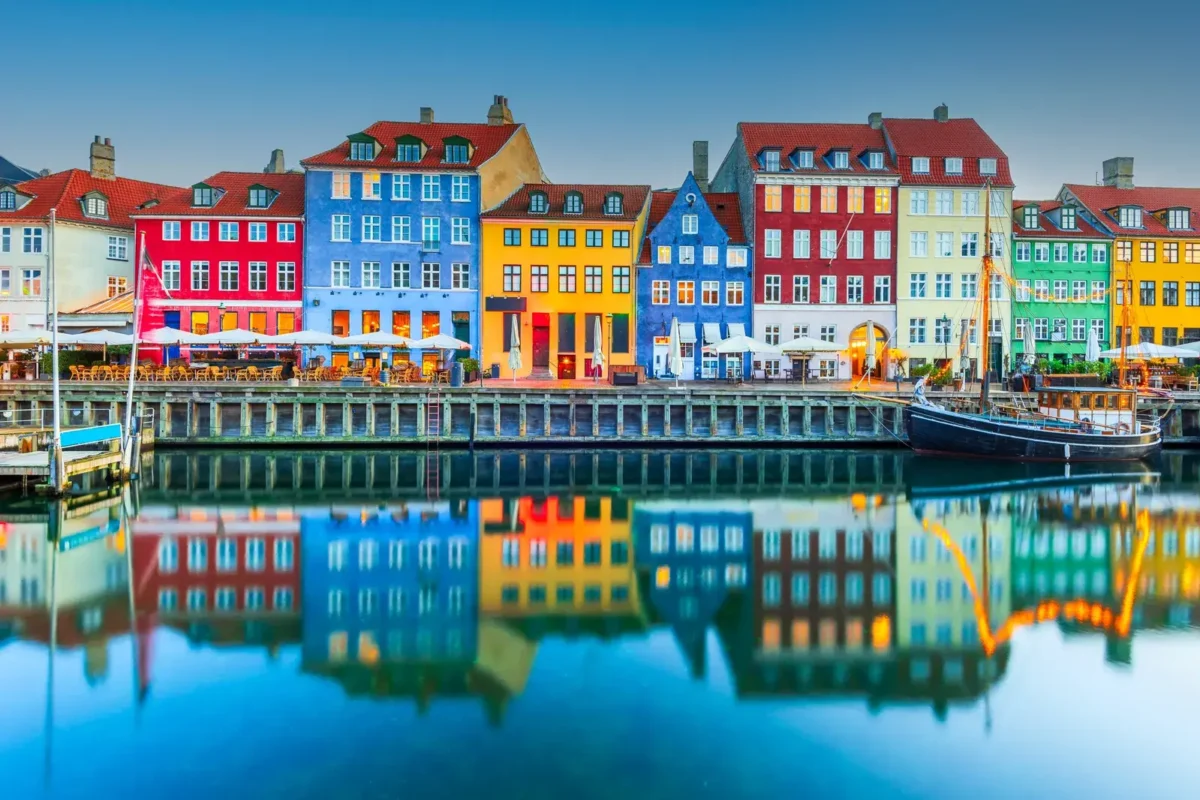
Denmark’s economy operates under what is coined as the ‘Nordic model’ – a mix of high taxes (around 43 to 51 per cent of GDP), along with comprehensive public services such as health, education and childcare.
In turn, such a combination boosts social mobility and labour participation – as well as making it one of the richest countries in the world – with around 88 per cent of Danish individuals viewing taxes as communal investments.
Denmark’s economy – and consequently its GDP per capita – is hugely supported by pharmaceuticals, particularly through the company Novo Nordisk. Their diabetes and weight-loss drugs, Ozempic and Wegovy, have fuelled domestic growth and large tax revenues. Other important exports for the nation include wind turbines, shipping, machinery and high-end food products.
8) Macau – $76,300

Known as the ‘Las Vegas of the East’, Macau has a strong foothold in the world of gambling. In fact, the sector accounts for the largest proportion of the nation’s GDP – around 40 per cent – and generates almost 80 to 84 per cent of total government revenue.
However, non-gaming sectors are also on the rise in the country, such as finance and tourism. Macau has also seen a boom in visitors arriving to the nation, surging by 23.8 per cent in 2024.
To ensure adequate diversification away from gambling, the government has created a plan scheduled to run between 2024 and 2028, known as the 1+4 strategic framework. In this, ‘1’ represents the core tourism and leisure industry, with Macau aiming to offer more culture, sports, healthcare and entertainment opportunities.
The ‘4’ represents four emerging sectors: traditional Chinese medicine and holistic wellness; modern financial services; new technology such as smart cities; and conventions and exhibitions.
7) US – $89,100
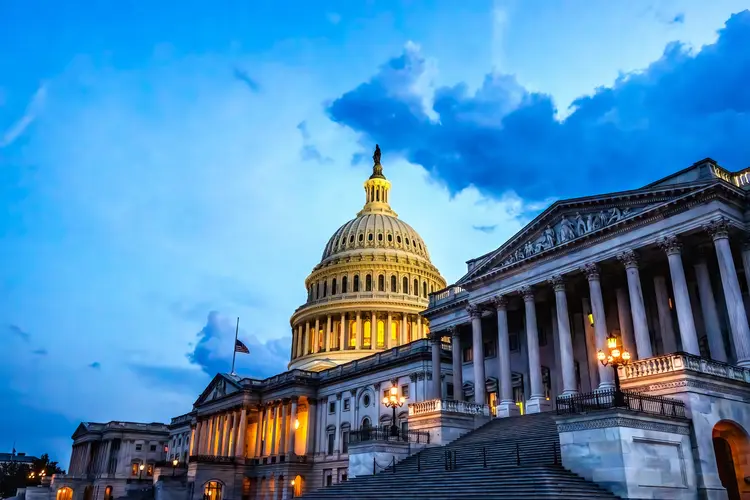
Historically, the US relied on oil and gas to boost its economy. Recent measures under Trump have seen an even greater focus on drilling, aiming to boost domestic production through the President’s infamous ‘drill, baby, drill’ approach.
Conversely, the nation is continuing to make headway through clean energy investments such as solar, wind and batteries, supporting the growth of clean infrastructure.
Two bills passed in the US – the Bipartisan Infrastructure Law of 2021, and the Inflation Reduction Act of 2022 – have together directed around $400 billion into renewables, electric vehicles, electrification of buildings, clean hydrogen and carbon capture – supporting 40 to 48 per cent of emission cuts by 2035.
Ultimately, the ever-changing political landscape of US may threaten momentum in the clean energy sector, with Trump declaring future wind and solar projects as unwelcome in the nation. The President has also dubbed wind turbines as an ‘economic and environmental disaster’.
6) Norway – $89,700

In Norway, oil and gas contribute around 22 per cent of total GDP and roughly 70 per cent of exports, helping to make it one of the richest countries in the world. According to experts, to avoid future economic losses while simultaneously meeting the Paris Agreement, Norway must pivot from being an energy supplier to an innovator of green technology.
Already, the nation is making inroads into that goal through a $3.3 billion scheme supporting 2.25GW of offshore wind capacity. Recent legislation has also allowed hydrodams in protected rivers to boost flood control and renewable output, a controversial method that has been gaining traction.
Another project with controversy surrounding it is Norway’s plan to deep-sea mine in its waters. In 2024, the nation opened 280,000 of Arctic seabed for deep-sea mining of copper and rare earths, critical minerals for electric vehicles and batteries. However, such mining faces scrutiny for the devastating impact it has on the seabed, surrounding habitats and marine life.
Norway is also growing its financial technology sector, along with AI and smart infrastructure.
5) Iceland – $90,300

One of Iceland’s biggest contributors to its GDP is tourism. Numbers have grown exponentially in recent decades, from around 500,000 people per year in 2010, to more than two million in 2018. However, following a slowdown in tourism in 2024, some analysts point out Iceland must balance between tourism-driven growth and diversification, in order to safeguard the nation’s long-term economic and social resilience.
Although tourism has slowed down, the nation still faces crowding at popular sites – such as the Blue Lagoon and the Golden Circle – leading to closures and new visitor management strategies.
A significant proportion of Iceland’s GDP comes from its renewable energy sector: nearly 100 per cent of its electricity is renewable, with 90 per cent coming from geothermal heating. The nation also heavily invests in its Deep Drilling Project, harnessing the country’s wealth of geothermal energy from its 200-plus-strong arsenal of volcanoes and hot springs.
As well as this, sea and land-based fish farming boost the country’s GDP, alongside biotech and pharmaceuticals.
4) Singapore – $92,900

Since its independence in 1965, Singapore’s government has attracted multinational corporations by offering incentives such as tax holidays, industrial estates, modern ports and airports – all boosting its GDP. The nation also ranks near the top globally for low corruption and regulatory transparency.
Major sectors bolstering the nation’s economy include electronics, refined petroleum, pharmaceuticals and semiconductors. Together, these exports drive more than $500 billion annually. Electronics and semiconductors alone account for roughly half of Singapore’s manufacturing output.
In addition to this, the country also placed focus on education and vocational training, helping to build a skilled workforce attractive to high-value industries.
Mandatory savings in Singapore – placed at 20 per cent of an individual’s median salary – also help to support national infrastructure, welfare and the country’s overall GDP.
3) Switzerland – $104,900
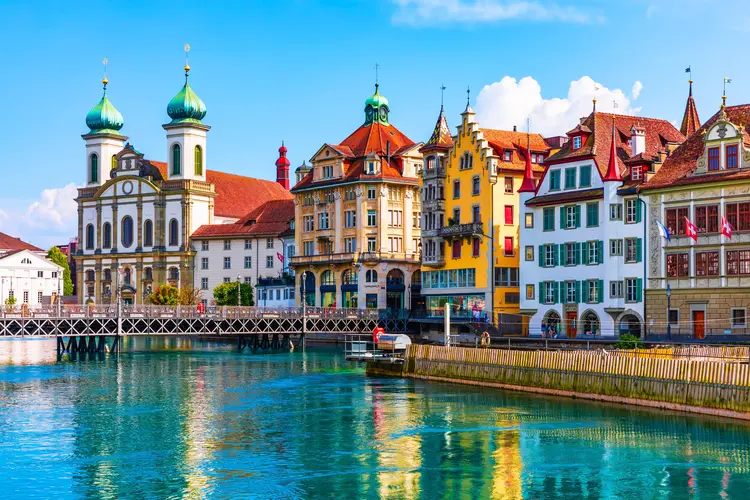
Within Switzerland, exports make up roughly 75 per cent of GDP, with more than half of these exports classified as high-tech – from pharmaceuticals to precision instruments and luxury watches. These industries have extremely large values per item, requiring highly skilled labour and, in turn, reaping substantial profits and wages.
The nation also boasts strong public and private investment, as well as university collaborations, helping to boost its GDP. In the banking world, Zurich and Geneva are global financial hubs, with Swiss banks managing around $3.5 to 4 trillion in assets. As such, financial services make up a large proportion of the nation’s GDP.
Supporting Switzerland’s high GDP per capita is low government expenditure, around 32 per cent of its GDP. Within the nation, workers themselves are more productive than the US, Germany or Japan, generating around $126 of GDP per hour.
2) Ireland – $108,900

Although Ireland’s GDP ranks among the highest globally – and on paper, it is one of the richest countries in the world – the figure is significantly distorted.
Back in 2015, Apple transferred its intellectual property to Ireland, causing a 26 per cent GDP jump in a single year, a phenomenon coined leprechaun economics. Since this point, Ireland has allowed many multinational companies to shift their profits into the country – profits which appear in GDP but don’t benefit Irish workers in reality.
Instead, GNI (modified gross national income) is a better means of judging the country’s wealth, as this excludes profits of redomiciled firms. In 2023, Ireland’s GNI was roughly 57 per cent of its GDP, meaning more than 40 per cent of GDP reflects profit-shifting rather than real domestic income. Once adjusted to GNI, Ireland’s wealth drops to between the 8th and 12th place out of all EU countries.
Between 2007 and 2022, GDP per capita rose 87 per cent but GNI per capita grew just 10 per cent, demonstrating how sizeable the difference is when factoring in GNI.
1) Luxembourg – $140,900
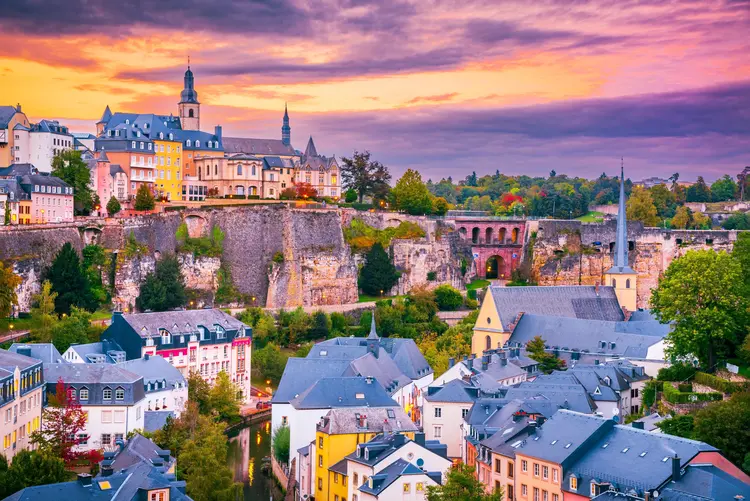
At number one is Luxembourg, a nation that has become home for multinational headquarters, holding companies and intellectual property assets – making it the richest country in the world. Profit-shifting in the country – a process by which multinational companies move profits from a high-tax country to a lower one – boosts GNI by between five and six per cent. In 2018 alone, Luxembourg shifted $51 billion in corporate profits.
When zooming in on the country’s GNI, figures show that it is about 70 per cent of the nation’s GDP, indicating a large portion of the domestic GDP goes to non-residents.
Officially, services – particularly finance and fund management – make up around 81 per cent of GDP, with industry at around 10.5 per cent. However, much of the finance sector’s output is linked to profit shifting. So while Luxembourg may appear extremely wealthy, a large proportion of that wealth is coming from global multinational companies.

